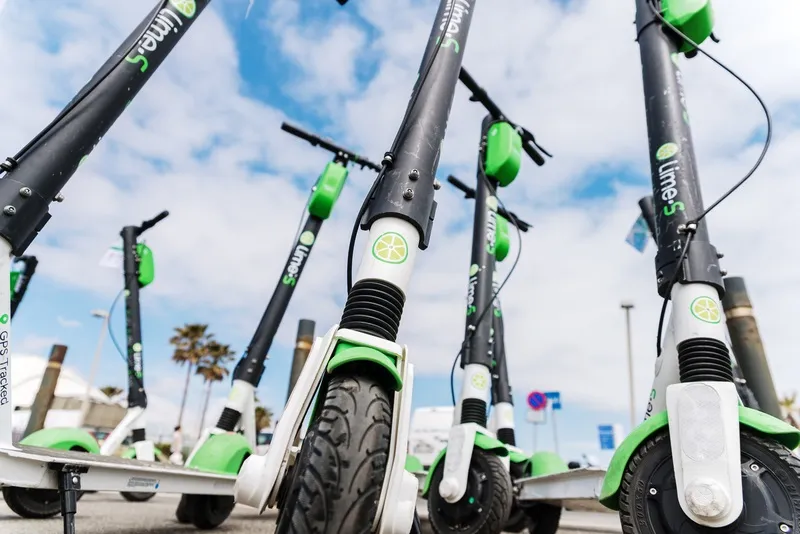In an effort to reduce congestion and improve passenger flow at railway stations in the Netherlands, Danish software company Blip Systems and Dutch railway consultants NPC have teamed up to monitor passenger movements using Bluetooth and wi-fi tracking. In an eight-week study at Groningen railway station, Blip Systems has installed 22 of its BlipTrack sensors which anonymously detect wi-fi and Bluetooth-enabled devices such as mobile phones and laptops. The sensors will monitor passengers and transmit the
April 12, 2013
Read time: 2 mins
In an effort to reduce congestion and improve passenger flow at railway stations in the Netherlands, Danish software company 3778 Blip Systems and Dutch railway consultants NPC have teamed up to monitor passenger movements using Bluetooth and wi-fi tracking.
In an eight-week study at Groningen railway station, Blip Systems has installed 22 of its BlipTrack sensors which anonymously detect wi-fi and Bluetooth-enabled devices such as mobile phones and laptops. The sensors will monitor passengers and transmit the encrypted data to a cloud server which calculates speed and travel time. Data on passenger movements, queues and congestion will enable station operators to optimise design, improve customer experience and reduce congestion.
“We are excited to work with knowledgeable partners like NPC, and are confident that they will be able to add value to the data gathered by BlipTrack. We hope that train stations will be yet another area where data gathered by BlipTrack and analysed by experts, can help solve passenger flow related problems and generate a higher level of comfort as well as more efficient use of resources. We see train stations as a very interesting market with great potential”, says Blip Systems CEO Peter Knudsen.
“The cooperation in developing a measuring solution specific for train stations together with BLIP systems and the Netherlands Railways (NS) has proved to be an excellent approach so far. Although we are still in progress, the first results look extremely promising,” says program manager for Smart Stations Eelco Thiellier.
In an eight-week study at Groningen railway station, Blip Systems has installed 22 of its BlipTrack sensors which anonymously detect wi-fi and Bluetooth-enabled devices such as mobile phones and laptops. The sensors will monitor passengers and transmit the encrypted data to a cloud server which calculates speed and travel time. Data on passenger movements, queues and congestion will enable station operators to optimise design, improve customer experience and reduce congestion.
“We are excited to work with knowledgeable partners like NPC, and are confident that they will be able to add value to the data gathered by BlipTrack. We hope that train stations will be yet another area where data gathered by BlipTrack and analysed by experts, can help solve passenger flow related problems and generate a higher level of comfort as well as more efficient use of resources. We see train stations as a very interesting market with great potential”, says Blip Systems CEO Peter Knudsen.
“The cooperation in developing a measuring solution specific for train stations together with BLIP systems and the Netherlands Railways (NS) has proved to be an excellent approach so far. Although we are still in progress, the first results look extremely promising,” says program manager for Smart Stations Eelco Thiellier.









